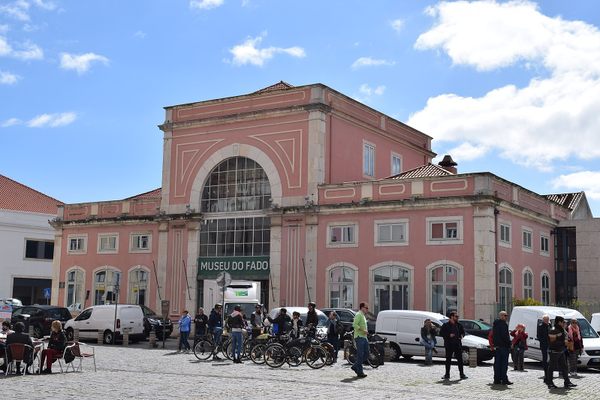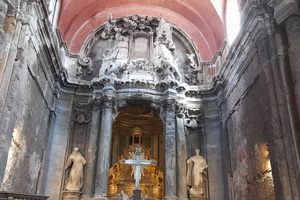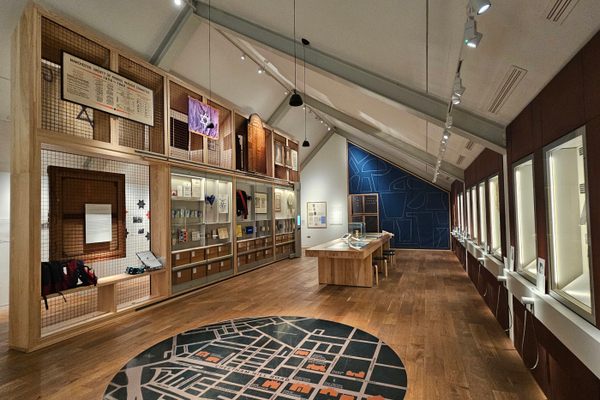About
Fado is a genre of music that was born in the taverns and brothels of Lisbon’s underbelly in the early 1800s. Initially performed by and for those of ill repute, Fado was long seen as lowly— branded as transgressive and sinful, fit for tattooed sailors, irresolute drunkards, and languid prostitutes. In time, however, fado would be embraced by every rung of society, with artists selling out concert halls, winning Latin Grammys, and becoming a source of Portuguese national pride—an unlikely journey encapsulated by one Lisbon museum.
Lisbon’s Museu do Fado was opened in 1998 with the intention of documenting, preserving, interpreting, and promoting fado’s history from its origins to its current form. In practical terms, it’s a collection of music scores, records, posters, musical instruments, and other artifacts, but being a music museum, it also features a wide array of music samples from different eras that help understand fado’s evolution. Fittingly, the museum is located in Alfama, the neighborhood in which fado was supposedly born. The building housing the museum, built in 1868, was once a lifting station designed to alleviate water shortages in Lisbon.
At the beginning of the 20th century, fado expanded beyond its bohemian origins, and fado musicians started gaining recognition and popularity, with figures such as Berta Cardoso, Armando Augusto Freire, and the Grupo Artístico Propaganda do Fado. This was the period that saw fado’s bawdy lyrics turning into poetry, and its music being embraced by master musicians. Then, in the mid-20th century, Amália Rodrigues appeared on stage: Known as Rainha do Fado (Queen of Fado), Amália Rodrigues propelled fado to international fame.
Fado does not have a fixed format, but the singer is traditionally accompanied by one or two (10- or 12-string) guitars, one or two 6-string violas, and occasionally an 8-string bass viola. Geographical, chronological, and stylistic variations aside, the one overarching feature of fado is the expression of intense longing, both in the music and lyrics.
Related Tags
Portugal: A Culinary Adventure from Porto to Lisbon
Explore Portugal through food, from the cities to the seaside.
Book NowPublished
February 18, 2022

















































